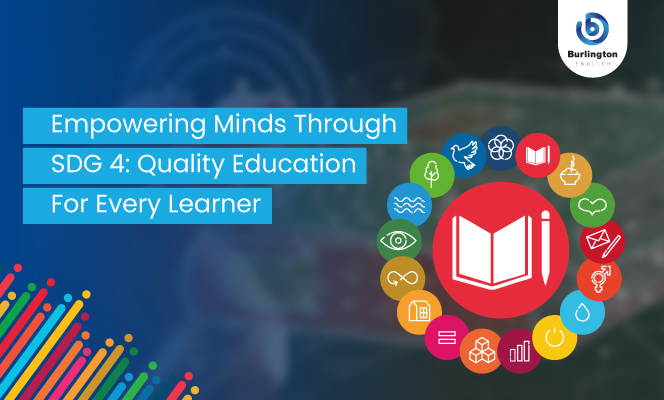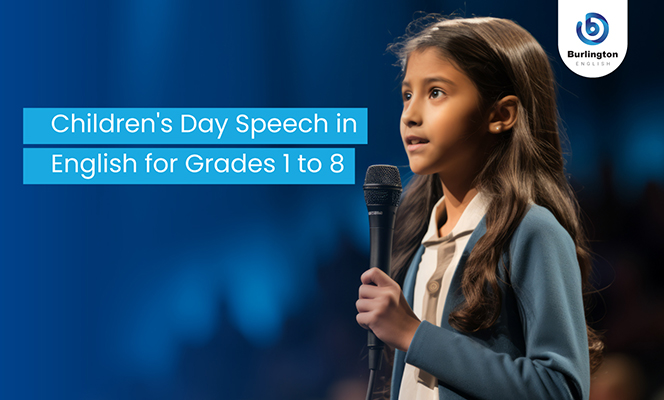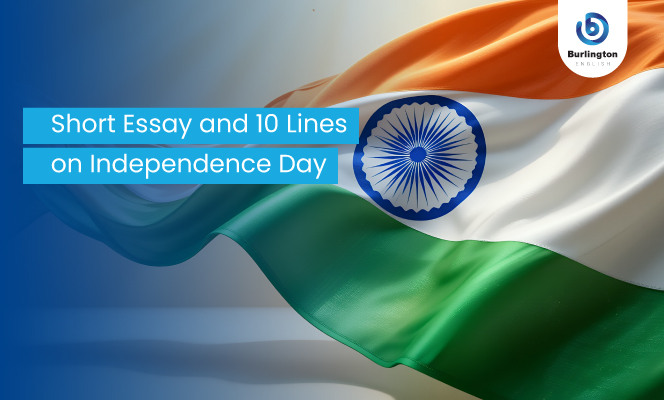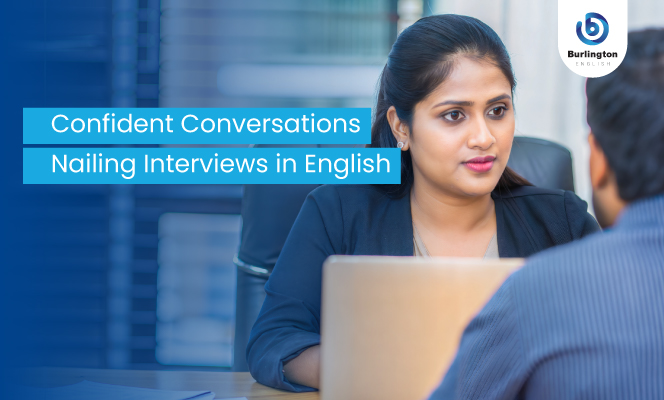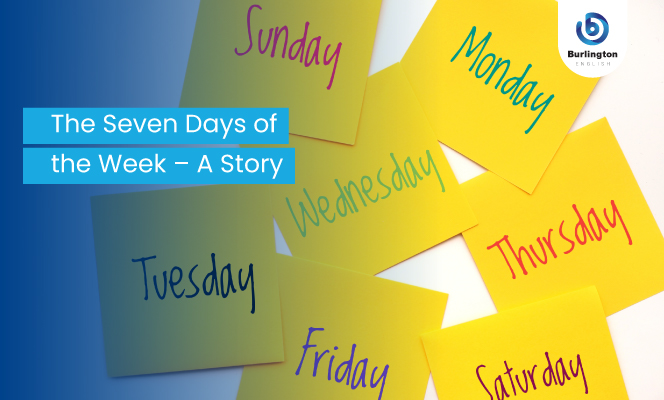Quality Education for All – A Glimpse into Indian Ethos
The idea of universal education has long been supported by India. The ancient ideal of “सर्वे भवन्तु सुखिन,” which translates to “may all be happy, may all be wise,” reflects a civilisational emphasis on inclusive well-being through knowledge. In Gurukuls, madrasas, and pathshalas, education was viewed as preparation for a livelihood, as well as a path to liberation (moksha), harmony, and ethical living.
Through Nai Talim, Mahatma Gandhi promoted a holistic approach to education that integrates the head, heart, and hand in order to promote moral development and self-reliance. At the heart of Shantiniketan was Rabindranath Tagore’s philosophy, which placed a strong emphasis on joy, creativity, and learning in the midst of nature. Building on this rich tradition, the NEP 2020 affirms that all children, regardless of background, have the right to a high-quality education.
Quality Education in the UN Agenda
The 2030 Agenda of the United Nations concentrated on SDG 4: Quality Education. Its goal was to ensure inclusive and equitable quality education and encourage opportunities for lifelong learning for everyone. It acts as the cornerstone for accomplishing every other objective, from gender equality and health to poverty eradication and climate action.
SDG 4 goes beyond school enrolment statistics. It places a strong emphasis on learning outcomes, equity, building life skills, and secure learning environments. It asks us to pay attention to those who are left behind, including rural learners, girls, children with special needs, and those who are economically and socially disadvantaged. Making equity and inclusion our ethos, using differentiated pedagogies, and readjusting the curriculum are the ways to embody the true spirit of SDG 4.
What Does ‘Quality’ Constitute?
In education, the term “quality” is frequently misinterpreted. It extends beyond excellent test scores and integrating technology within learning environments, despite what many people think. Building a multifaceted, learner-centric classroom is the key to true quality. Quality education anchored in character building includes the following:
- Preparing the child: Learning objectives that encompass critical thinking, creativity, and problem-solving in addition to rote memorisation
- Innovative pedagogies: Recalibrating the curriculum and using engaging teaching methods that encourages inquiry and curiosity
- Recalibrating the curriculum: Contextually relevant curricula that relate to students’ lives and the wider world
- Teacher capacity building: Upskilling educators to be empathetic and sympathetic educators
- Safe learning spaces: Welcoming, gender-sensitive, and inclusive settings for all students
- Beyond the textbooks: Integrating life skills, such as civic values, digital fluency, emotional literacy, and ethical reasoning, that go beyond textbooks
How Does Quality Education Empower?
Quality education elevates lives and empowers children with:
- the confidence to articulate their thoughts, get creative and contribute meaningfully to society.
- the ability to think critically, question injustice and seek solutions to societal problems.
- the opportunities to break cycles of discrimination.
- the values of empathy, sustainability, and global citizenship.
A good education gives girls and first-generation students the opportunity to become economically independent, move up the social ladder, and feel good about themselves. However, for society as a whole, it means raising generations that are resilient, creative, and morally grounded.
Translating SDG 4 into Classrooms
When you and I implement SDG 4’s principles in our classrooms on a daily basis, its true potential becomes apparent. Some of the top school systems have done it this way (for more details, see the annexure):
- Curriculum Integration: Rather than being treated as distinct subjects, SDGs are incorporated into narratives, conversations, and projects. Climate action can be covered in a language unit. Data on gender equity can be analysed in a math class. Thoughts about the importance of clean water can be sparked by a science experiment.
- Student Voice and Agency: Students are urged to ask questions, express themselves, engage in debate, and produce. They might write poetry about equality, create peace posters, or launch cleanliness campaigns.
- Inclusive Pedagogy: Using socio-emotional scaffolding, visual aids, differentiated instruction, and multilingual techniques, lessons are designed for a more diverse body of students.
- Enabling Teachers: Teachers are trained in SDG integration in subject content, child psychology, inclusive education, and the use of AI and digital tools to personalise learning.
Empowering Every Mind, Every Day
Every classroom, textbook, and teacher-student interaction should incorporate SDG 4, which is a daily commitment. This dedication is strengthened in India by a robust national strategy, a shared global aspiration, and a profound cultural ethos. As we approach 2030, let’s not forget that high-quality education is about equipping people with the mental capacity to imagine, ask questions, lead, and serve. We do more than achieve a worldwide objective when we educate with imagination, values, and purpose.
Through vocabulary exercises, real-world scenarios, reflection questions, and project-based evaluations, Burlington English has purposefully incorporated SDG themes into its textbooks and tools. They have ensured that pupils not only understand quality education as an SDG but also embody it in their actions.
Annexure
Contribution of Schools (Often Without Recognition)
| Name of SDG | School-based Actions |
| SDG 3 – Good Health | Menstrual hygiene workshops, daily yoga, mental health sessions |
| SDG 4 – Quality Education | Inclusive pedagogy, foundational literacy drives, NEP 2020 reforms |
| SDG 5 – Gender Equality | Girls’ clubs, equity dialogues, safe sanitation access |
| SDG 6 – Clean Water | Rainwater harvesting, “No Water Wastage” clubs, Jal Jeevan badges |
| SDG 7 – Clean Energy | Solar-powered classrooms, energy-saving student audits |
| SDG 11 – Sustainable Cities | Transport surveys, waste segregation programs, urban tree-planting |
| SDG 12 – Responsible Consumption | “No Plastic Days,” sustainable tiffin campaigns |
| SDG 13 – Climate Action | Green assemblies, plantation drives, carbon footprint tracking |
| SDG 16 – Peace & Justice | Debates on justice, mock parliaments, peace walls |
| SDG 17 – Partnerships | NGO tie-ups, youth SDG summits, global school collaborations |
Source: Original field data collected by the author.
By Ashok Pandey
SDGs Advisor, Burlington English | Author | Global Education Leader

